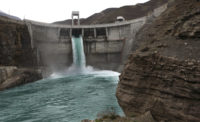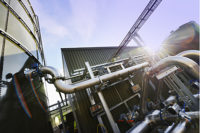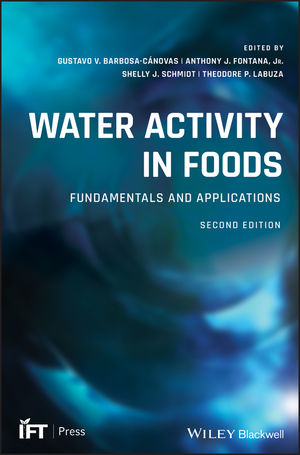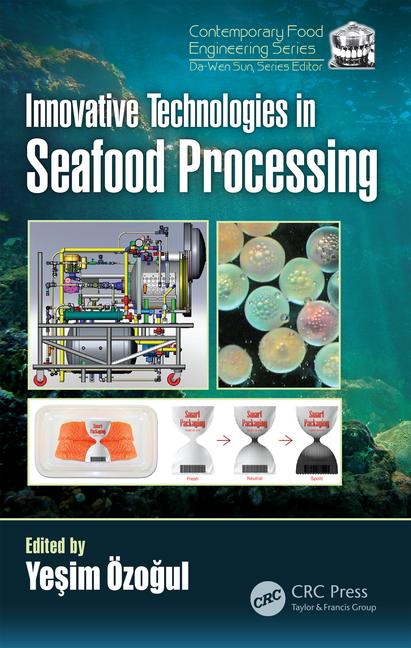Nestlé S.A., Switzerland, expanded what is said to be the most zero water factory in the world in Mexico, a move that the company plans to replicate in other Nestlé factories globally.
Through new processes that deliver significant efficiencies, Nestlé’s Cero Agua (Zero Water) dairy factory in the central, water-stressed state of Jalisco will move toward being a zero-water factory, using mostly recycled water from its dairy operations. The water resource savings are equivalent to the volume needed per day to fill an Olympic-size swimming pool, or enough water to meet the average daily consumption of 6,400 people in Mexico.
“Due to the relevance of water in the production of food and its role in the preservation of life, Nestlé worldwide will continue to pursue initiatives that contribute to the maintenance and access to natural resources," says Paul Bulcke, chief executive officer.
The Cero Agua dairy factory takes fresh cow’s milk, normally around 88% water, and heats it at low pressure to remove some of the water content. The resulting steam is then condensed and treated and used to clean the evaporating machines themselves. Once the machines have been flushed out, the water is then collected once more, purified and recycled a second time. The water can then be re-used for watering gardens or cleaning. Re-using water from the milk in this way removes the need to extract groundwater for operations. The amount of groundwater that the Cero Agua dairy saves each day, around 1.6 million liters, will amount to roughly 15% of the total water used by Nestlé in Mexico each year in its factories, operations and offices.
Such water savings are part of Nestlé’s efforts to promote the “conservation, treatment, recycling and water efficiency in our operations and among farmers, suppliers and other partners in our supply chain,” says Marcelo Melchior, head of Nestlé Mexico.
The Cero Agua project is just one of a number of water-saving initiatives the company has introduced at its factories around the world in recent years. These have allowed Nestlé to reduce total water withdrawal in absolute terms by almost one-third globally over the past 10 years, while increasing production. Meanwhile, water use per ton of product has fallen by half.
Worldwide, Nestlé aims to further reduce its water withdrawal per ton of product by 40% by 2015 compared to 2005.









